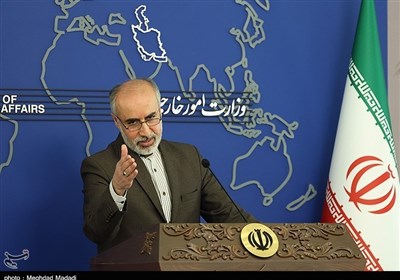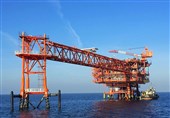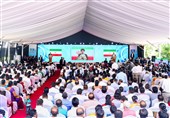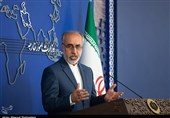Syrian Conflict Shifting to East: US Analyst
TEHRAN (Tasnim) - An American political commentator warned of emergence of a new ‘triple entente’ among the US, Saudi Arabia, and Israel, noting that such tripartite coalition is focusing on confrontation with Iran and taking the lengthy civil war to Syria’s desolate eastern regions.
In an interview with the Tasnim News Agency, Brian M Downing said the fresh US-Saudi-Israeli attempts to shift the war in Syria onto the eastern areas of Deir ez-Zor and al Tanf are chiefly meant to weaken Iran and its Shiite allies.
Mr. Downing is a national security analyst who has written for outlets across the political spectrum. He studied at Georgetown University and the University of Chicago and did post-graduate work at Harvard’s Center for International Affairs.
“In recent weeks a new Triple Entente has emerged, one that solidifies ties among the United States, Saudi Arabia, and Israel. The Entente's stated purpose is to oppose terrorist organizations and Iranian influence. Clearly, however, the chief purpose is to weaken Iran and its Shiite allies. Saudi and Israeli hostility toward Iran was held in check by the Obama administration, but the Trump administration has now joined them – wholeheartedly if uncritically,” Downing explained.
“Recent events suggest that Syria will be the main area of contention between the Entente and Iran. Focus will not be in western Syria where almost all the fighting in the lengthy civil war has been. It will be in the relatively desolate east,” he added.

“In recent weeks, government and rebel forces, both with foreign backing, have been increasingly active in relatively barren, unpopulated eastern Syria, near the borders with Iraq and Jordan. The obscure towns of Deir ez-Zor and al Tanf will become well known in coming months,” the analyst noted.
The obscure towns of Deir ez-Zor and al Tanf will become well known in coming months.
“Iranian-trained troops and Syrian troops have reinforced isolated garrisons in Deir ez-Zor. Iran fired missiles into ISIL positions near the same town. It was done in retaliation for a recent ISIL attack in Tehran but also to signal interest in the town, the largest in eastern Syria.”
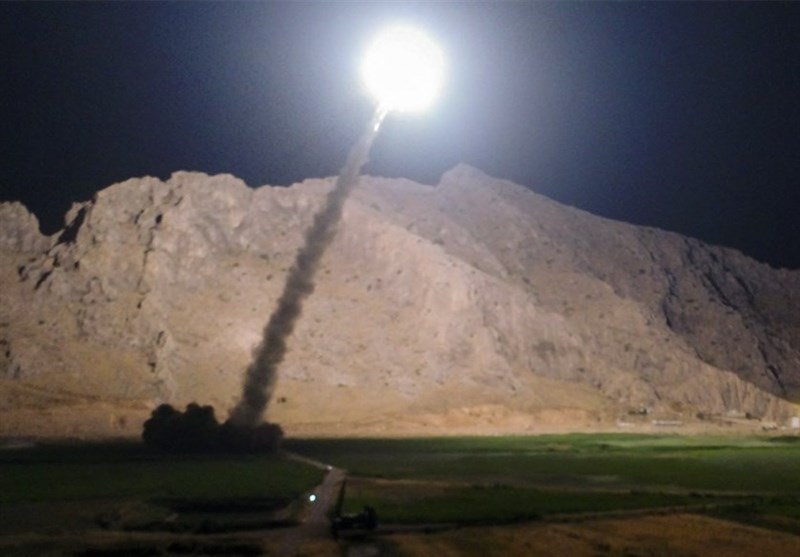
Explaining the situation in eastern parts of Syria, Downing said, “The US has been active near al Tanf, a small town on the Syrian-Iraqi border which lies 300 kms southwest of Deir ez-Zor. American and British special forces troops have been there for several months training western-backed Syrian Democratic Forces (SDF), an umbrella organization of Kurdish and Arab militias. The US has shot down a Syrian fighter aircraft near Raqqa and downed an Iranian drone near al Tanf.”

The analyst then listed three reasons for a rise in moves in such desolate part of the Middle East.

“First, there are oil deposits there. Though not vast, especially by Middle Eastern standards, they are important assets to the Damascus government and they would be important to any militia commander controlling the region,” he explained.
“Second, the region is a potential redoubt for ISIL. Its days of controlling Mosul and Raqqa are dwindling and it may seek to establish itself in eastern Syria rather than revert to being just another underground terrorist network. Over the last year ISIL has tried to take Deir ez-Zor from the beleaguered Syrian garrison there, but with no success,” he added.

“Third, and most importantly, the region’s roads connect Iran to Syria and Lebanon. Without this “Shiite Corridor”, Iran can only supply allies in the Levant by air. This is of course quite expensive and in any event flights can be interdicted by determined foes,” Downing noted.
“The Entente has a few options in interrupting the Shiite Corridor. Airpower could routinely strike convoys and crater roadways. Guerrilla forces could intermittently attack convoys and damage infrastructure. Perhaps the most effective option is creation of Sunni and Kurdish statelets in the expanses between Tehran and Damascus – a “Sunnistan”. The Entente will try to coalesce various militias into political entities to oppose Shiite forces and control roadways. SDF forces are already under US guidance near Raqqa and al Tanf, and allied militias may be recruited from Sunni tribes of western Iraq,” Downing described.
“Coming weeks will see Iran, Syria, and Russia allocate more resources into the region, especially Deir ez-Zor and al Tanf. Russia demonstrated its airlift capacity and interest last January when it flew Syrian ground troops into Deir ez-Zor. Meanwhile, the US is strengthening SDF forces around the ISIL capital Raqqa and assembling another SDF force at al Tanf. Jordanian, Egyptian, and Saudi troops may be brought into the campaign,” he predicted.
Coming weeks will see Iran, Syria, and Russia allocate more resources into the region, especially Deir ez-Zor and al Tanf.
“The US will provide logistical help and air support from bases in the region, perhaps including restored facilities in Saudi Arabia. The US is committing to the creation of a Sunnistan. From a realpolitik perspective this is an injudicious shift of resources from ISIL to Iran and one that risks deepening conflict with Russia, both in and out of Syria.”
“The US will not gain needed military bases; it has numerous ones throughout the region already. Nor are eastern Syria’s oil reserves sufficient to attract the interest of American corporations. The effort stems not from careful assessment of national interests but from Saudi and Israeli pressures and from the renewed influence of neoconservatism in the Trump administration,” Downing said.
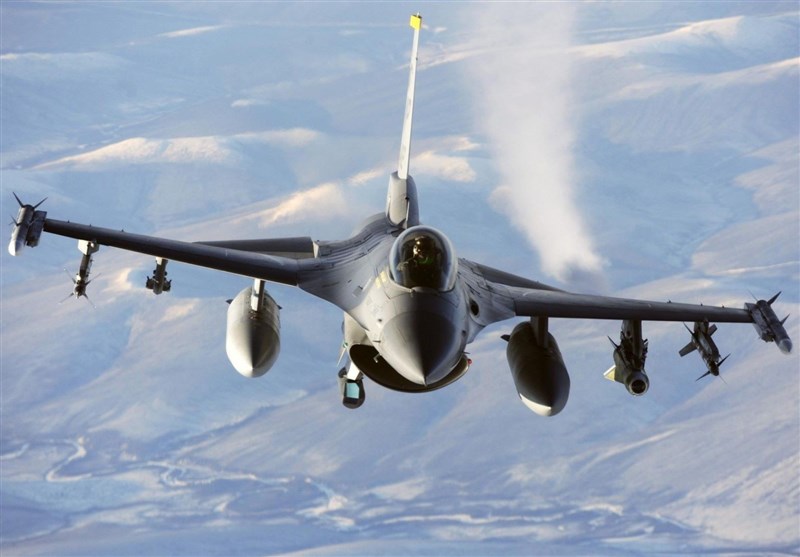
“New statelets in eastern Syria and western Iraq, should they come about, will be financial liabilities for foreign backers. They may be engaged in continuous fighting with Syrian, Iraqi and Iranian forces for many years, and owing to the fractious nature of the Arab-Kurdish militias of the SDF, they may fight each other as well,” he explained.
Pointing to a shift in the US foreign policy, Downing said, “The previous administration wanted to reduce the country’s use of force in the Middle East and elsewhere. The present one, though, is marching into a new open-ended commitment in the wastelands straddling the Iraq-Syria border.”

